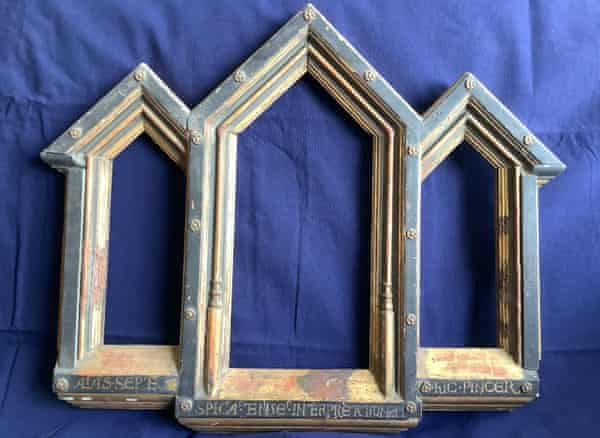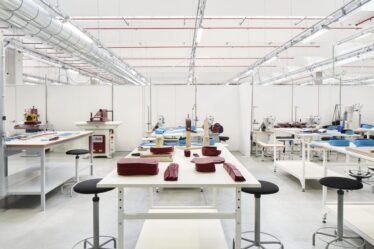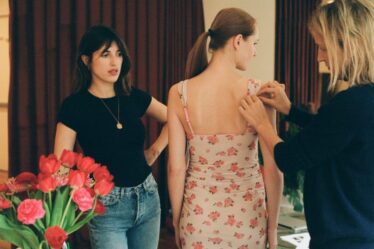
My partner, Frank Goodingham, who has died aged 85, was a carver and gilder who could turn his hand to almost any craft.
Frank was born in East Ham, London, the son of Minnie (nee Hand), who had managed a grocer’s shop, and Bill Goodingham, a builder. During the second world war, Frank, his mother and his elder sister, Muriel, were evacuated to Dinton, near Aylesbury, Buckinghamshire. He never forgot seeing the docks in flames as they left.
After he left Clark’s college, Ilford, in Essex, Frank’s first job was at a West End commercial art studio, Individual Artists. He rose from tea boy to figure artist before being called up for his national service in 1956 and posted to Libya.
Frank later took a series of driving jobs, including at FA Pollak, the picture framers. There, he became fascinated with woodcarving and gilding, and wangled his way into the workshop to learn the crafts from practitioners who had arrived from Germany before the war. He worked for several London framing firms and art and antique dealers, and set up a workshop in the coal-hole outside his basement flat in North Gower Street.
Frank was also a self-taught multi-instrumentalist. In the 1950s, he had played the trombone in a jazz band, which later became a rock group, the Brothers Grimm, with Frank on guitar. They released a single and toured with the Rolling Stones, with Frank as roadie. After a gig at the 100 Club in the West End, he met Sheenagh Williams, then a trainee teacher. They married in 1966, and had two sons, Ben and Tim, before divorcing in the 70s. Both sons followed in Frank’s footsteps as woodworkers, training as furniture designers, and trading as Goodingham Brothers in London.
I met in Frank in the 70s, and we moved to rural Lincolnshire with my son, Oli. There, Frank made puppets and took up silversmithing. In the 80s, we moved to Cambridge, where Frank met Julie Crick, the picture restorer, and together they worked for antique dealers, museums and many colleges in Cambridge. Frank restored frames and furniture, and also produced original work. He made a pair of gilded wooden pier glasses for the Old Combination Room at Trinity College, as well as restoring some huge trophy frames. He later passed on his skills to some of the cabinetmakers at Trinity.
Frank also took up photography, setting up his own darkroom, taking closeups of flowers and insects, photos of Fenland waterways, and studies of decaying willow trees.
He retired officially on his 80th birthday, but returned to drawing, took up the ukulele, and was still taking pictures on his iPad weeks before he died. His work, though anonymous, hangs in the Courtauld Gallery, the Fitzwilliam Museum in Cambridge, the National Horseracing Museum in Newmarket and the National Portrait Gallery.
He is survived by Ben and Tim, his grandsons, Tom, Dan and Will, and by Oli and me.



